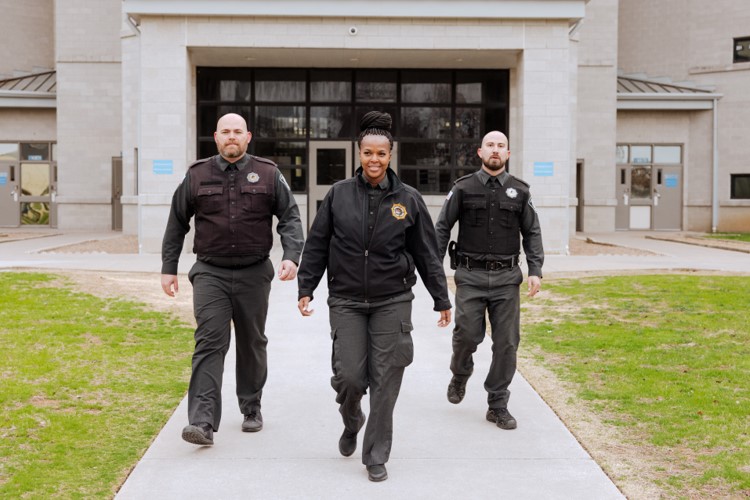Agency Overview
The National Institute of Corrections (NIC) stands as a pillar of public safety in America, embodying a mission critical to the well-being of our communities and the integrity of our justice system. As the only federal agency with a legislative mandate Public Law 93-41.5 to provide specialized corrections services on a national scale, NIC plays an indispensable role in shaping practices that protect citizens and uphold justice.
Unlike other agencies, NIC doesn’t simply allocate funds, it delivers direct, hands-on expertise to address the pressing needs of correctional practitioners at every level. Whether working with state and local correctional facilities, the Federal Bureau of Prisons, or policymakers in Congress, NIC’s focus is clear: to ensure that corrections systems operate efficiently, effectively, and with the highest regard for public safety. Its leadership is evident in its partnerships across federal agencies and its ability to respond to emerging challenges in corrections with innovative solutions.
NIC’s work is grounded in practical outcomes that make a tangible difference. From aiding in the planning and operation of jails and prisons to establishing best practices in pretrial, probation, and parole, NIC’s efforts drive cost-effective improvements that enhance security and accountability. These initiatives don’t just benefit correctional facilities. They contribute directly to safer neighborhoods by ensuring that systems are built to rehabilitate offenders while protecting the public.
Respected across the corrections community for its professionalism and results-driven approach, NIC is a model of what government agencies can achieve when they prioritize service. Its commitment to raising standards nationwide has earned it recognition as a trusted partner in safeguarding American values and ensuring justice for all.
Public safety isn’t just a talking point. It’s the foundation of our society. Through its unwavering dedication to this principle, NIC exemplifies what it means to serve the common good.



